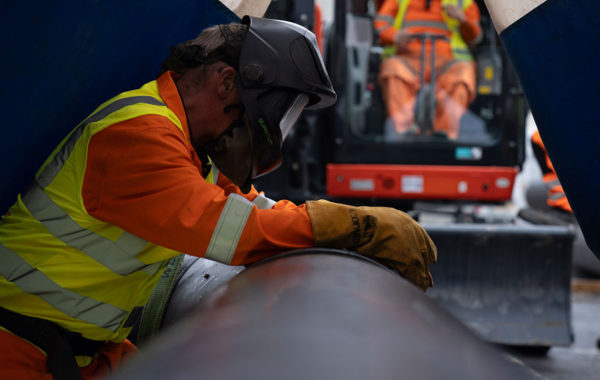Earlier this year, the UK government confirmed that following consultation, Heat Network Zoning in England is set to begin in 2025 – a vital step in increasing the adoption of heat networks. And this announcement was swiftly followed by another, stating that the government would also roll out a series of consumer protections, for individuals whose homes are connected to heat networks. Both are examples of how quickly the UK energy industry’s legislative landscape is changing in relation to district heating. So, what do we need to know?
Heat Network Zoning – why?
Heat Networks are an efficient way of heating and cooling all forms of buildings, and a key solution to help the UK meet its future net zero emissions targets. But to meet these targets, we need to speed up the adoption of heat networks. The zoning plan will strategically create designated areas for heat networks and require specific buildings to connect to a heat network, once it becomes available. After all – as it stands, we take a district and regional approach to water, gas, and electricity – why not do so for heat too?
The Government have consulted thoroughly on the subject, and the Energy Act 2023 is the latest piece of energy legislation that will give government powers to enforce these zones in England and Wales, through various regulations.
Similarly, the Scottish Government are pushing through comparable legislation to make district energy more prevalent north of the border.
Consumer protection legislation – why?
Currently, heat provided by heat networks (and the associated tariffs) aren’t regulated by Ofgem, as other forms of energy provision are. By introducing new legislation to protect consumers serviced by district energy networks, we successfully bring district heating in line with all other forms of UK energy provision.
Not only does this safeguard consumers, and allow them to appreciate the benefits of cleaner, greener energy, but it also lays the foundations for wider uptake of district heating.
Where’s it all headed?
As it stands, the implementation of heat networks is increasing, but not at the speed it needs to, if the UK is to successfully decarbonise. Legislative change will help, as will more investment, wider acceptance, and understanding of the efficiency and flexibility of heat networks. You can find out more about the UK’s plans for district heating; policies, funding, news and more; on the government’s website.
As well as the resources available on the GOV.UK website, there is more information available out there. We recently tuned in to the latest podcast by law firm, Womble Bond Dickinson, on the topic of heat networks. The podcast welcomed Caroline Bragg, CEO of the Association for Decentralised Energy, to the conversation and provided 20 minutes of insight into the sector, the solution it provides to the UK’s decarbonisation targets, and what changes are required to increase adoption. You can listen to the podcast here.






